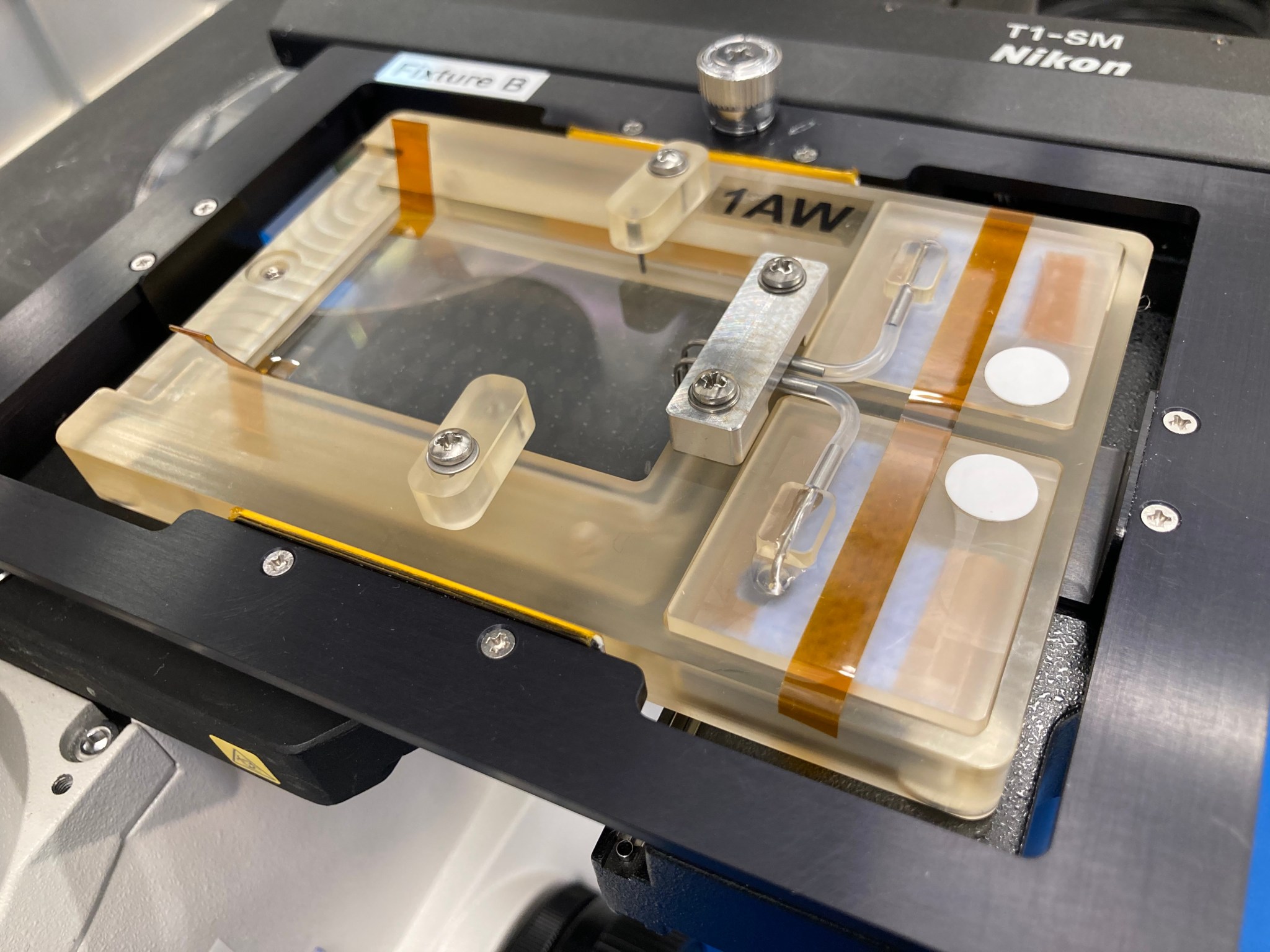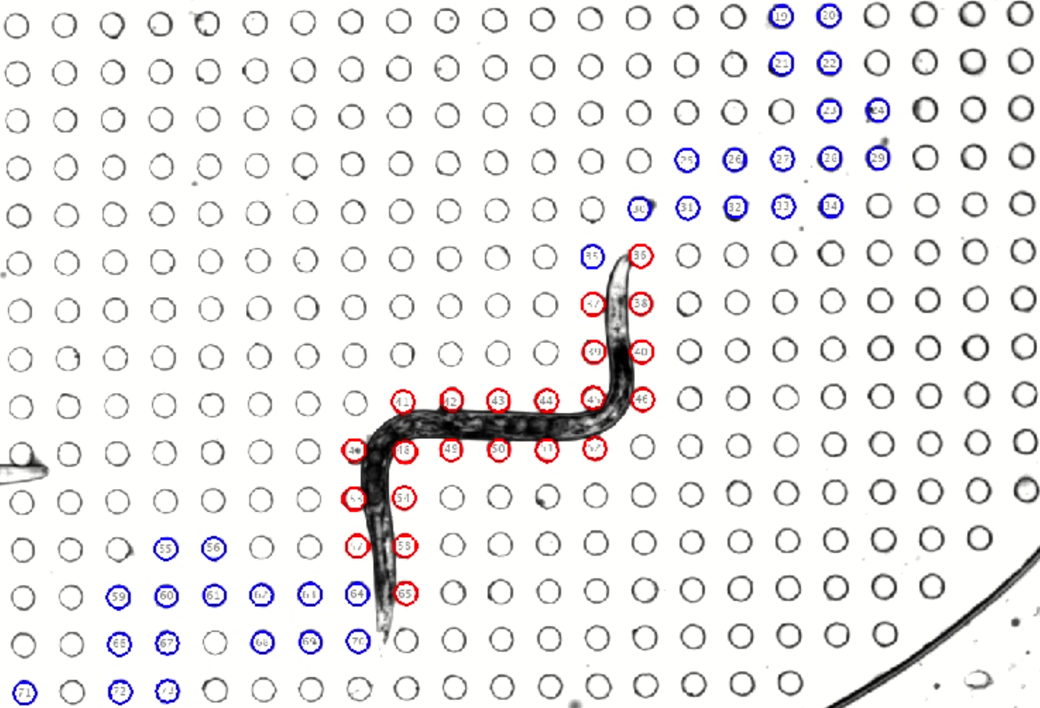As NASA plans for long duration spaceflights, maintaining muscle mass and strength will be critical for astronauts who embark on missions that expose them to longer periods of microgravity and radiation. It is already known that space has deleterious effects on muscle mass and strength, and that reduced force production has been documented for astronauts. In order to consider possible counter measures, scientists hope to better understand exactly how exposure to space alters muscle gene expression that may lead to muscle loss, and reduced strength.
The upcoming Micro-16 research mission, planned for launch to the International Space Station in February 2021, analyzes the muscle strength and gene expression in the nematode Caenorhabditis elegans (C. elegans), a flight-proven, and cost effective, model organism. The body wall muscles of C. elegans have structure similar to human skeletal muscle and cellular mechanisms for force generation and transmission are similar enabling a means to understand mechanisms causing muscle strength loss in astronauts. Using a newly developed miniaturized force measurement hardware called NemaFlex, the Micro-16 mission will be able to observe and continuously measure how muscle genes and strength of multiple generations of C. elegans are affected by microgravity and radiation, compared to C. elegans tested on the same device back on Earth. The experiment proposes to demonstrate the flight readiness of a miniaturized device for quantitative characterization of muscle strength of C. elegans, to test the hypothesis developed from past flight data that muscle strength decreases in flight as a result of altered expression of muscle genes in the worms, and to quantify muscle strength loss in spaceflight across multiple worm generations.
With successful measurements using NemaFlex in space, C. elegans could become a better model for understanding muscle physiology and potentially provide meaningful translation to similar effects on astronaut muscle physiology and health in space. Results from the Micro-16 mission may also help researchers to better understand sarcopenia and other muscle degeneration diseases in humans on Earth.
Payload Technical Monitor: Kevin Martin, NASA Ames Research Center
Mission Scientist: Amy Gresser, Ph.D., FILMSS, NASA Ames Research Center
Medaya Torres, FILMSS, NASA Ames Research Center
Principal Investigator: Siva Vanapalli, Ph.D., Texas Tech University
Co-Investigator: Jerzy Blawzdziewicz, Ph.D., Texas Tech University
Collaborator: Nathaniel Szewczyk, Ph.D., Ohio University
Payload Developer: BioServe Space Technologies
























